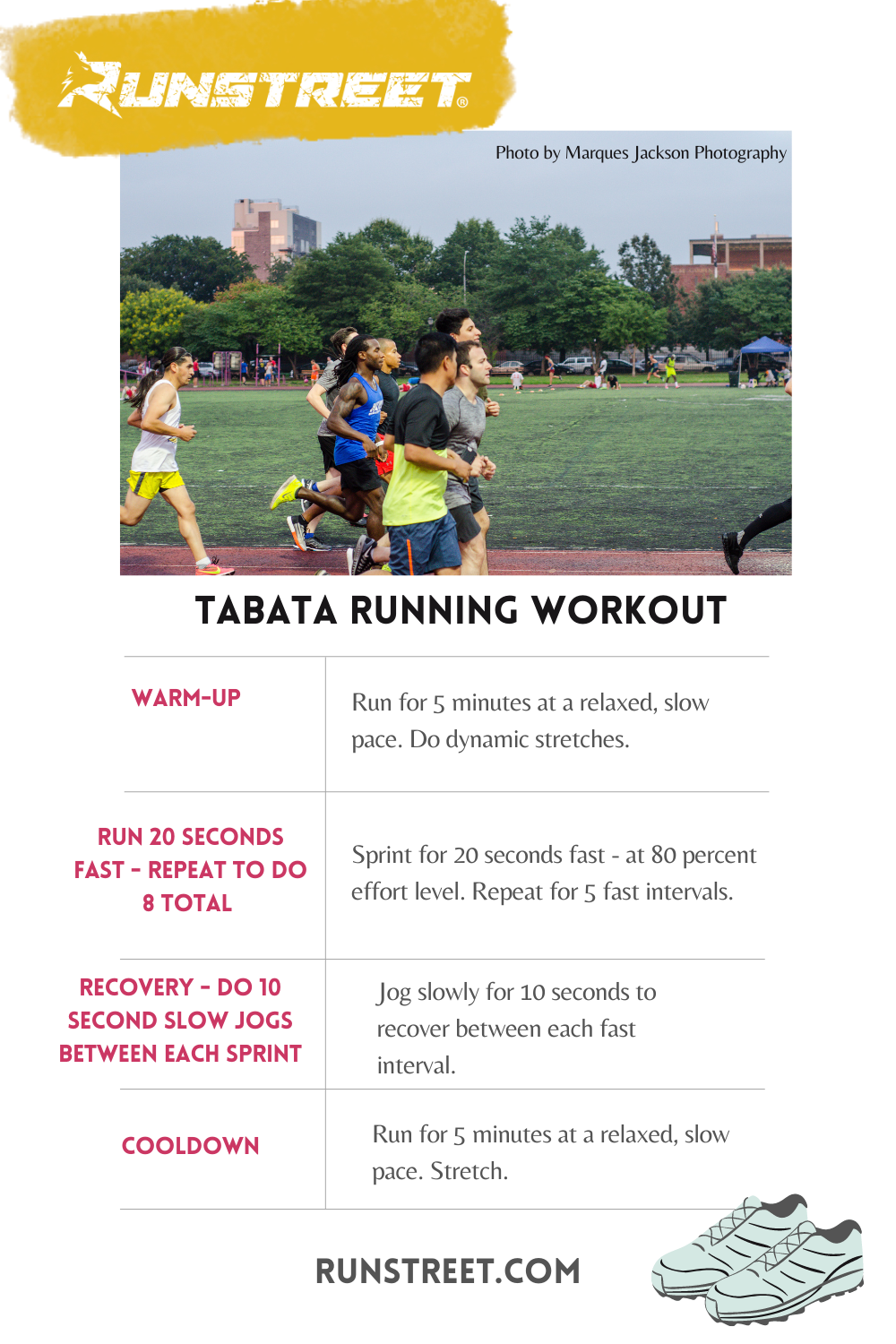Dealing With Typical Running Pains: Reasons, Solutions, and Prevention
As runners, we often run into numerous pains that can hinder our performance and enjoyment of this physical activity. From the devastating discomfort of shin splints to the nagging IT band syndrome, these typical running discomforts can be irritating and demotivating. Recognizing the reasons behind these conditions is important in properly addressing them. By checking out the origin factors for these running discomforts, we can uncover targeted services and safety nets to make sure a smoother and extra satisfying running experience (more info).
Usual Running Pain: Shin Splints
Shin splints, a typical running pain, commonly arise from overuse or incorrect shoes throughout exercise. This problem, clinically understood as median tibial stress and anxiety syndrome, shows up as discomfort along the internal edge of the shinbone (shin) and prevails amongst professional athletes and runners. The repetitive stress and anxiety on the shinbone and the cells connecting the muscles to the bone brings about swelling and pain. Joggers who swiftly increase the strength or period of their workouts, or those who have flat feet or improper running techniques, are specifically susceptible to shin splints.
To protect against shin splints, people should gradually increase the intensity of their workouts, use proper shoes with correct arch assistance, and keep adaptability and toughness in the muscle mass bordering the shin (running strategy). In addition, including low-impact tasks like swimming or biking can assist preserve cardiovascular physical fitness while enabling the shins to heal.
Common Running Pain: IT Band Syndrome
In addition to shin splints, one more prevalent running pain that professional athletes frequently experience is IT Band Syndrome, a condition triggered by inflammation of the iliotibial band that runs along the outer upper leg and knee. IT Band Disorder normally materializes as pain outside of the knee, especially throughout activities like running or biking. The iliotibial band is a thick band of fascia that attaches the hip to the shin, and when it becomes inflamed or limited, it can scrub against the upper leg bone, causing pain and pain.
Runners experiencing IT Band Syndrome might notice a painful or hurting sensation on the external knee, which can intensify with ongoing task. Elements such as overuse, muscle mass imbalances, incorrect running kind, or poor warm-up can contribute to the development of this condition.
Typical Running Discomfort: Plantar Fasciitis

Plantar Fasciitis can be credited to numerous factors such as see this page overtraining, improper footwear, running on hard surfaces, or having high arches or flat feet. To avoid and minimize Plantar Fasciitis, runners can integrate stretching exercises for the calves and plantar fascia, wear supportive footwear, keep a healthy weight to decrease stress on the feet, and gradually enhance running intensity to avoid abrupt stress and anxiety on the plantar fascia. If signs and symptoms linger, it is recommended to consult a health care professional for proper medical diagnosis and therapy choices to deal with the condition effectively.
Usual Running Discomfort: Jogger's Knee
After resolving the difficulties of Plantar Fasciitis, one more prevalent concern that joggers typically face is Jogger's Knee, a typical running pain that can hinder sports efficiency and cause pain throughout exercise. Jogger's Knee, likewise referred to as patellofemoral pain disorder, shows up as pain around or behind the kneecap. This problem is frequently attributed to overuse, muscle mass inequalities, inappropriate running techniques, or problems with the alignment of the kneecap. Joggers experiencing this discomfort might feel a boring, hurting pain while running, going up or down stairs, or after prolonged durations of sitting. To avoid Runner's Knee, it is essential to include appropriate workout and cool-down routines, preserve strong and balanced leg muscular tissues, use appropriate shoes, and progressively enhance running strength. If symptoms linger, consulting from a medical care expert or a sporting activities medicine expert is advised to diagnose the underlying reason and create a tailored therapy plan to ease the pain and avoid more complications.
Typical Running Discomfort: Achilles Tendonitis
Generally afflicting runners, Achilles Tendonitis is an agonizing problem that influences the Achilles ligament, creating pain and potential limitations in physical activity. The Achilles tendon is a thick band of tissue that connects the calf muscle mass to the heel bone, vital for tasks like running, leaping, and strolling - see it here. Achilles Tendonitis often establishes because of overuse, inappropriate shoes, inadequate stretching, or unexpected boosts in physical task
Signs And Symptoms of Achilles Tendonitis consist of discomfort and rigidity along the ligament, especially in the morning or after periods of inactivity, swelling that intensifies with activity, and potentially bone stimulates in chronic situations. To protect against Achilles Tendonitis, it is essential to stretch properly before and after running, wear appropriate shoes with correct assistance, slowly boost the intensity of exercise, and cross-train to decrease repetitive stress on the tendon. Therapy might include remainder, ice, compression, elevation (RICE protocol), physical therapy, orthotics, and in extreme instances, surgical procedure. Early treatment and appropriate care are essential for managing Achilles Tendonitis properly and protecting against lasting issues.
Final Thought
